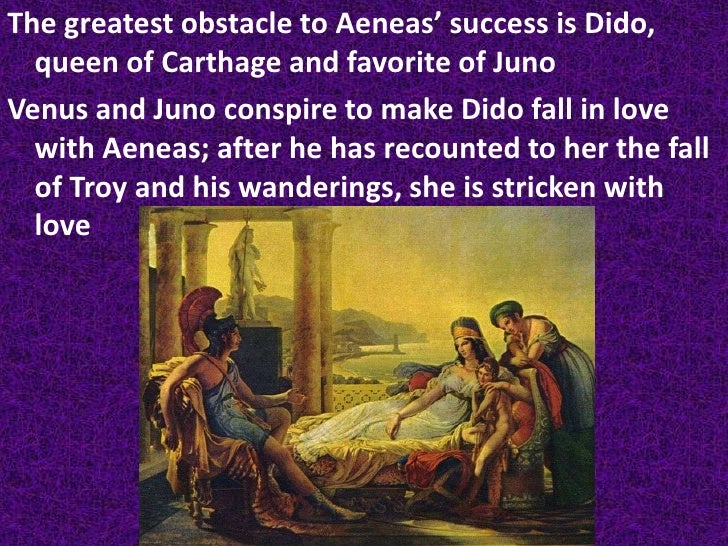

Regarding or pertaining to correspondence. " from time immemorial," "since the beginning of time." or "from an infinitely remote time in the past") Sometimes used incorrectly to denote something, not from without time, but from a point within time, i.e. g., the universe, that was created from outside of time. Literally, "from the everlasting," "from eternity," or "from outside of time." Philosophically and theologically, it indicates something, e. practiced in a morally/ethically wrong way) cf. I.e., a right is still a right even if it is abused (e.g. The inference of a use from its abuse is not valid The phrase is distinct from reductio ad absurdum, which is usually a valid logical argument. appeal to ridicule) or that another assertion is false because it is absurd. Said of an argument either for a conclusion that rests on the alleged absurdity of an opponent's argument (cf. In everyday speech, it denotes something occurring or being known before the event. In philosophy, used to denote something is supposed without empirical evidence. Used in mathematics and logic to denote something that is known or postulated before a proof has been carried out. Presupposed independent of experience the reverse of a posteriori. In philosophy, used to denote something known from experience. Used in mathematics and logic to denote something that is known after a proof has been carried out. "From possibility to actuality" or "from being possible to being actual".īased on observation, i. I.e., "completely," "from tip to toe," "from head to toe." Equally a capite ad calcem. I.e., "even more so" or "with even stronger reason." Often used to lead from a less certain proposition to a more evident corollary.įrom general to particular "What holds for all X also holds for one particular X." – argument a fortioriĪn inference from smaller to bigger what is forbidden at least is forbidden at more ("If riding a bicycle with two on it is forbidden, riding it with three on it is at least similarly punished.") Thus, an argumentum a contrario ("argument from the contrary") is an argument or proof by contrast or direct opposite.Ī long time ago from Gaius Lucilius, Satires VI, 284 I.e., "on the contrary" or " au contraire".

I.e., "from top to bottom," "all the way through," or "from head to toe." See also a pedibus usque ad caput. To burning hearts, which she did hold above.I.e., "at will" or "at one's pleasure." This phrase, and its Italian ( beneplacito) and Spanish ( beneplácito) derivatives, are synonymous with the more common ad libitum (at pleasure). 'Dear son, now shoot,' said she, 'thus must we win.' The Goddess held, and put it to my breast. I waking hoped as dreams it would depart He her obeyed, and martyred my poor heart. In the Folger manuscript, the sonnets begin by being 'named' as 'Pamphilia to Amphilanthus', but, as discussed in the textual introduction, they are frequently signed and separated by Mary Wroth's abbreviated signature: the S fermé, which confirms her identity as a Sidney (rather than a Wroth). In P, where the sonnet sequence is also headed 'Pamphilia to Amphilanthus', the S fermé no longer appears, which might reinforce the sense that the sonnets are 'by' Pamphilia - although of course Pamphilia is also a version of Wroth herself.

The sonnets are placed on a new page after the printed romance ends in mid sentence (in imitation, most probably) of the 1590 revised Arcadia. The first sonnet in both F and P differs considerably from the opening sonnets in Philip and Robert Sidney's sonnet sequences. (Philip Sidney's sonnet sequence 'Astrophil and Stella', henceforth "AS", and Robert Sidney's sonnet sequence 'Rosis and Lysa', henceforth "RS"). The depiction of Venus and Cupid, who are also present as characters in Wroth's pastoral play Love's Victory, sets up Wroth's theme of the speaker as a martyr for love, tortured by her desire. This kind of dramatisation is present in other sonnet sequences and probably derives from Petrarch. In AS, sonnet 20 describes Astrophil's heart being pierced by Cupid's dart. Swifter then tho ſe, most switne ſ ſe neede require? When night's blacke Mantle could mo ſt darkne ſ ſe proue,Īnd ſleepe (deaths Image) did my ſen ſes hyre,įrom Knowledge of my ſelfe, then thoughts did moue Hire: ie sleep hires (employs) her senses away from knowledge of herself.


 0 kommentar(er)
0 kommentar(er)
